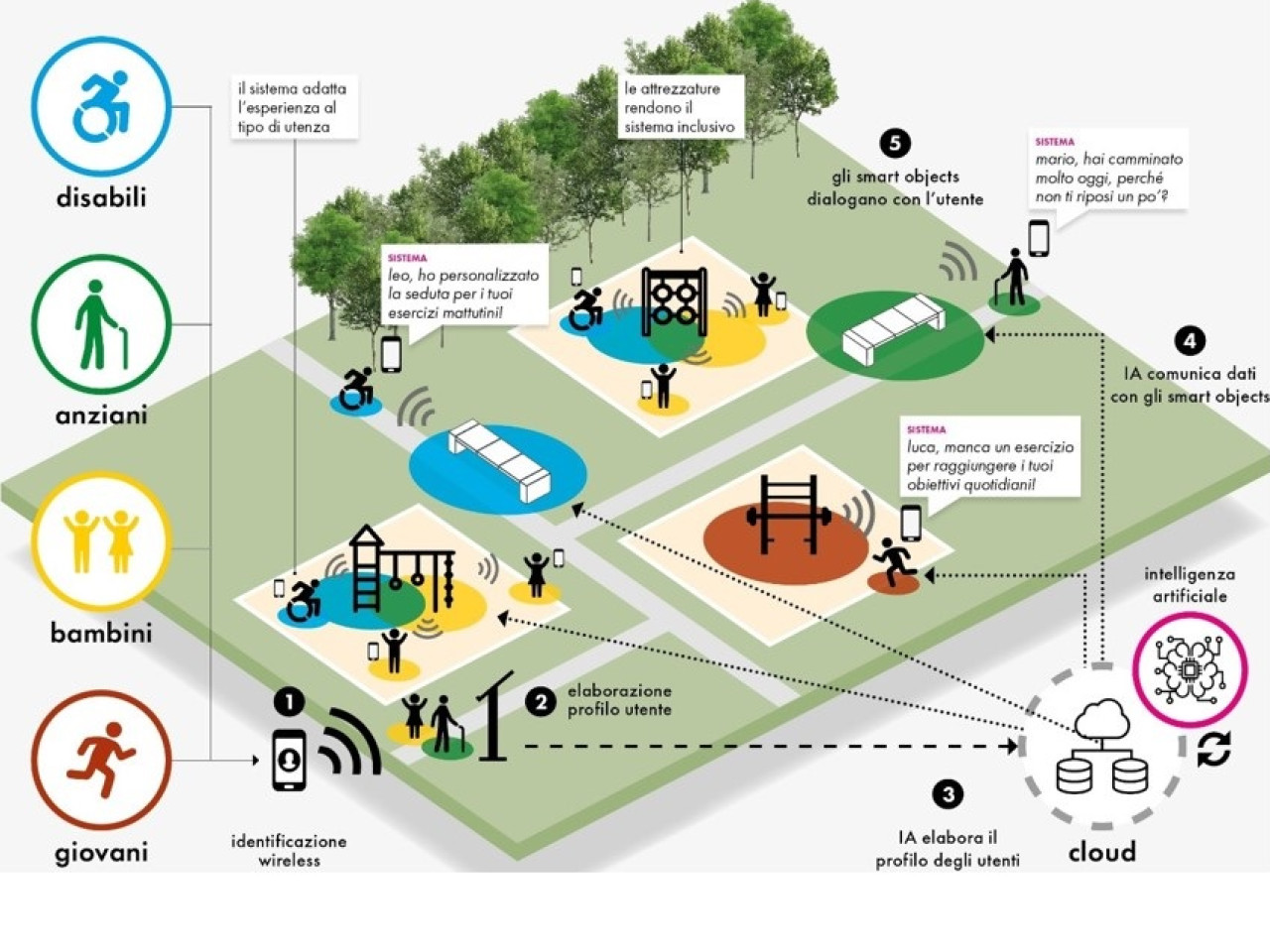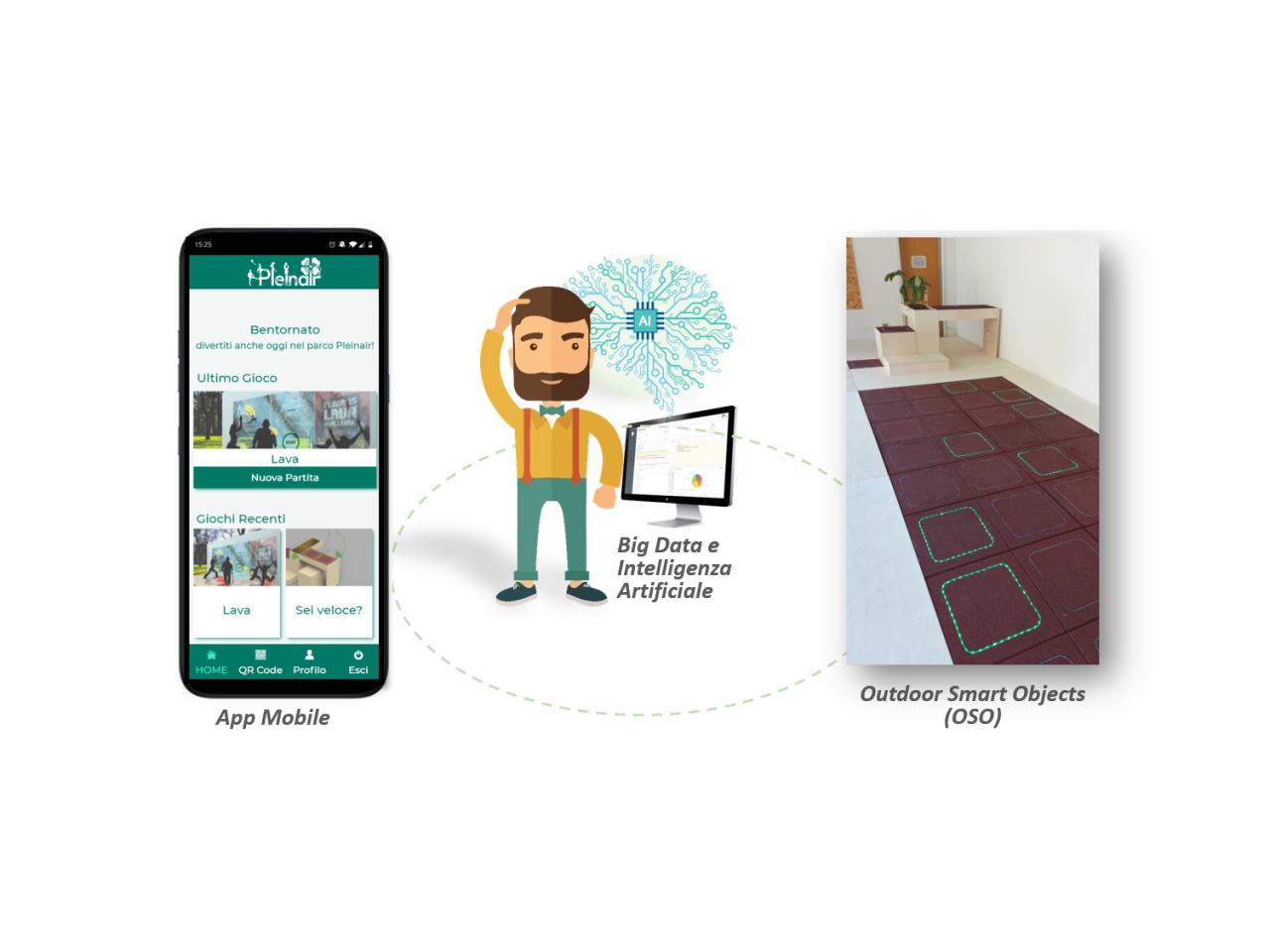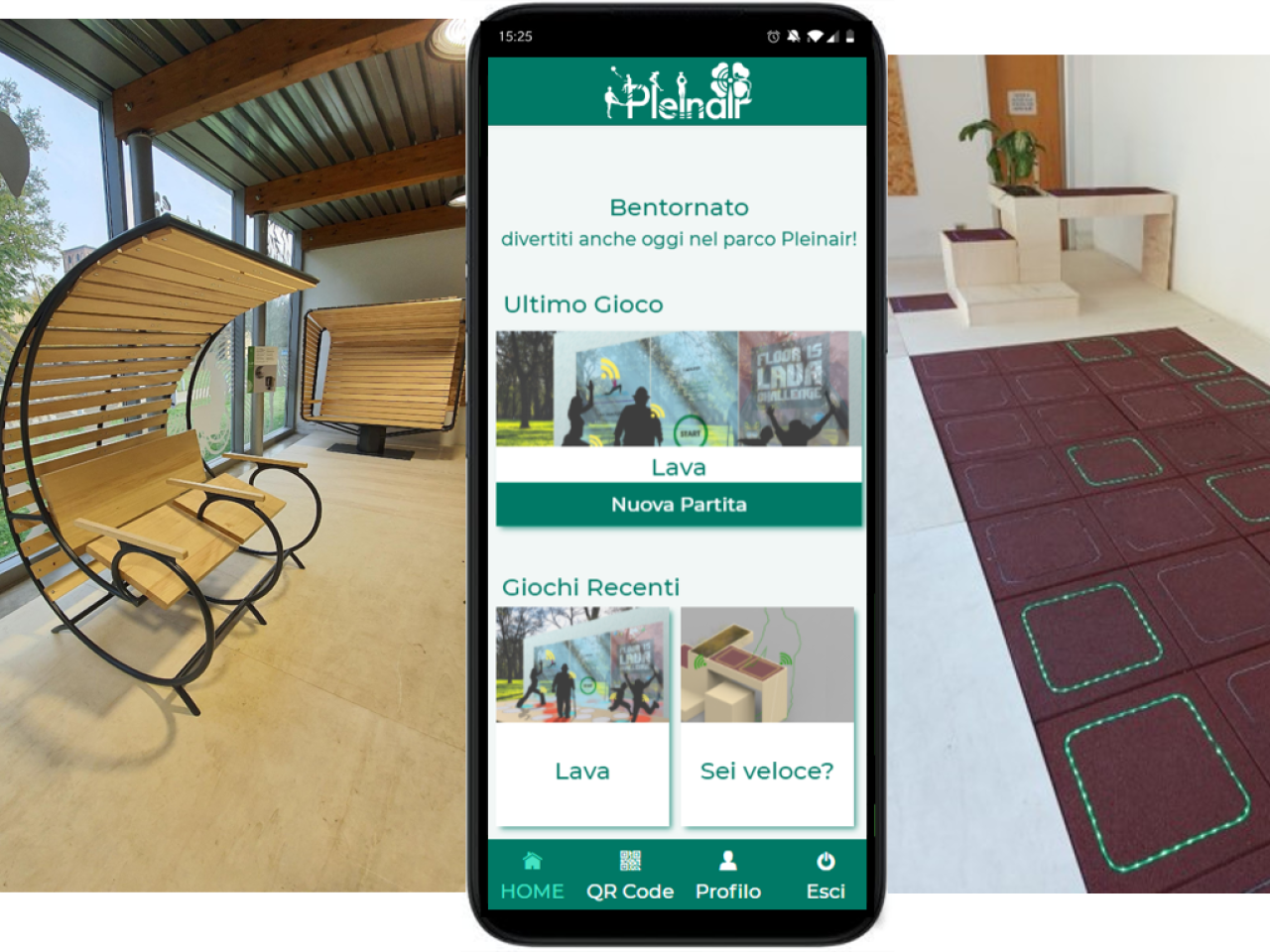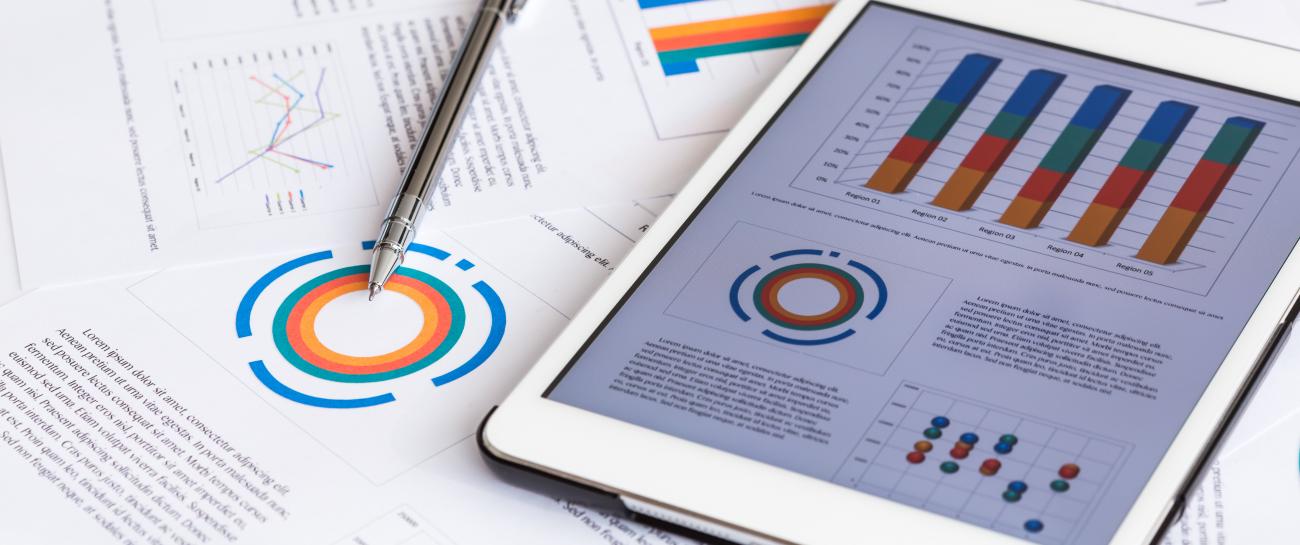The PLEINAIR Big Data Platform is designed to promote the adoption of active and healthy lifestyles for all age groups. In the PLEINAIR smart park, users can interact with Outdoor Smart Objects (OSOs): urban and recreational park furniture equipped with sensors that can adapt to users and provide personalized strategies. The PLEINAIR Big Data platform can monitor users' behavior through data collected from the sensorized tools by leveraging Internet of Things (IoT) and Big Data technologies. The platform's Mobile App can provide personalized strategies for users' health and wellness by leveraging Artificial Intelligence. The PLEINAIR Big Data Platform is able to integrate social and health services and public and private information systems. It is particularly aimed at Public administrations, nursing homes, hospitals, health insurers, and companies involved in personal services.
 The PLEINAIR Smart Park
The PLEINAIR Smart Park
The PLEINAIR Big Data platform enables the collection and analysis of physical activity information for people of different age groups from the networks of sensors and actuators installed on Outdoor Smart Objects.
The Mobile App allows users to monitor their progress, compare and challenge other users, and receive in a personalized way new activities and events available.
The platform also makes it possible to monitor:
- people's activities in the park;
- accesses to the park;
- the utilisation status of each OSO in order to optimise its maintenance both in terms of time and cost.
The PLEINAIR Big Data platform is based on Internet of Medical Things and Machine Learning to engage people in the activities of the park, improve end-user involvement and meet their needs.
The platform provides advanced tools for:
- Internet of Things: a network of smart devices interoperable with each other and with the platform's Mobile App
- Big Data Collection: efficient collection and management of Big Data generated by sensor networks through the most widely used transmission protocols and Big Data technologies;
- Artificial Intelligence and Machine Learning: real-time monitoring and analysis of the park's usage of the park and implementation of motivational strategies to improve end-user engagement.
The PLEINAIR Big Data platform is highly scalable and adaptable to applications both in public parks and more structured environments such as nursing homes, schools, day care centers, rehabilitation gyms, and in general any social and health service aimed at a heterogeneous population in terms of age and degrees of ability. Interoperability between the installations deployed in different facilities makes it possible to create a comprehensive network of services, creating a true Smart City.
 The PLEINAIR Big Data Platform
The PLEINAIR Big Data Platform
Municipality of Bologna - Rural Life Museum of Bentivoglio
The PLEINAIR project was funded by the Regione Emilia-Romagna (POR-FESR 2014-2020, Asse1, Azione 1.2.3 S).
The PLEINAIR Big Data platform and the smart tools and furniture were installed for the Municipality of Bologna at the Rural Life Museum of Bentivoglio where they were used during numerous public events by people of different ages and types: minors, adults, elderly, children with disabilities and caregivers, and adults with disabilities. The analysis of the perceived usefulness, usability, and accessibility of the system by users achieved excellent results.
The PLEINAIR Big Data platform and smart tools and furniture can be adopted as part of PNRR projects for inclusive parks, semi-residential facilities for people with disabilities, and health care services.
DataRiver develops software platforms for telemedicine and clinical research that enable remote and continuous monitoring of patients' health and quality of life and are widely used by hospitals, nursing homes, and personal service companies.
Unibo – CIRI SDV
Unife – Teknehub
Unipr – Future Technology Lab
AIAS
ERGOTEK S.r.l.
Sarba S.p.A.
mHealth Technologies S.r.l
The PLEINAIR Big Data platform was realized thanks to more than 30 university and corporate researchers including engineers, architects, designers, and specialists in the social and health field. The co-design and testing activities were followed by several municipalities in the Emilia Romagna region, involving more than 200 users of different ages and varying degrees of ability.
 Installation of PLEINAIR Park at Municipality of Bologna - Rural Life Museum of Bentivoglio
Installation of PLEINAIR Park at Municipality of Bologna - Rural Life Museum of Bentivoglio

